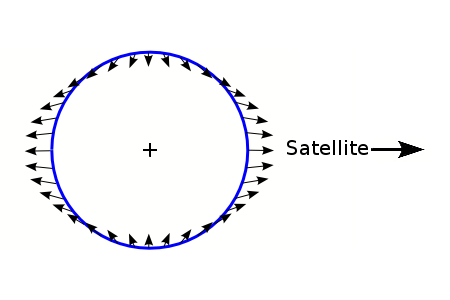Since I learned about Newton's gravity law, I wonder if I can measure the moon's gravity using (almost) no special equipment. The best I could come up with is a pendulum, which is in a resting position. The moon (at the horizon) will pull on the weight at the bottom of the pendulum and cause it to shift. 6 hours later, with the moon above or below the pendulum, the weight should be back. Maybe we could detect the shift, just like we see the tides.

Running the math for a 5 meter long pendulum and 1 kg mass, I get an amplitude of 0,017 mm. I fear that external forces (wind, unstable surface, ...) will be bigger than this effect.
So my question is: is it possible (again, without specific equipment) to measure or detect the moon's gravitational force? What would be the best way to measure/detect it?
